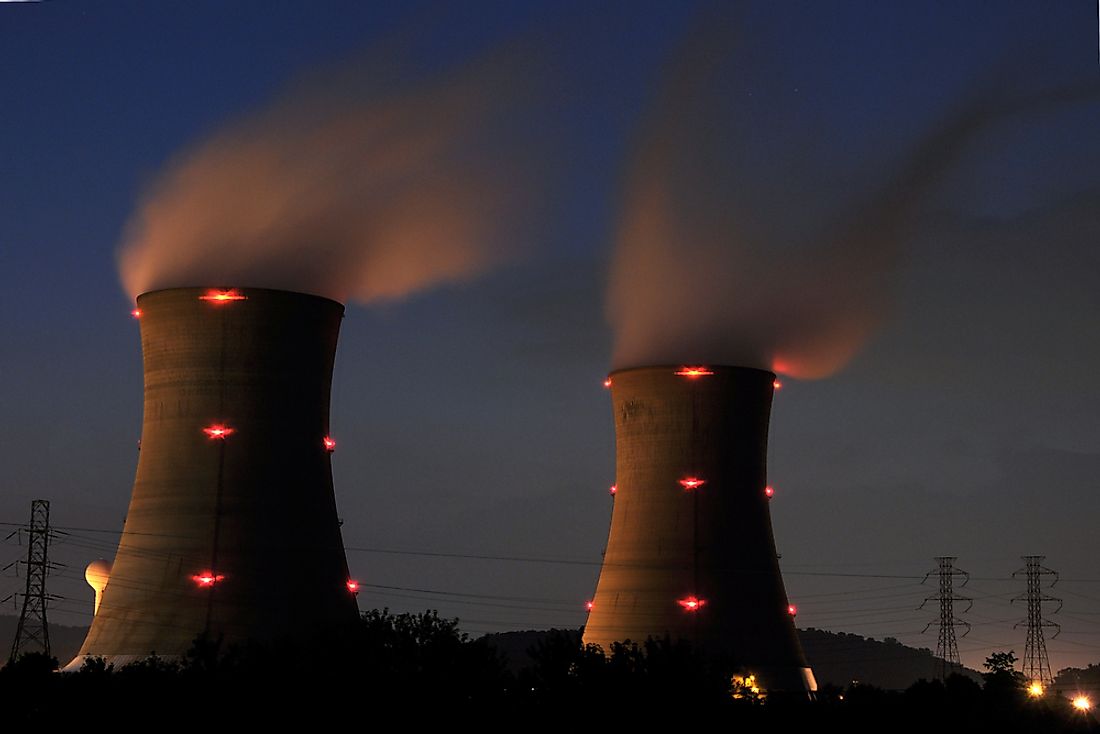The Three Mile Island Accident

The Three Mile Island nuclear meltdown carries a strong legacy for its effect on attitudes regarding nuclear power around the world. What exactly unfolded that fateful early morning of March 28, 1979 near Harrisburg, Pennsylvania is remembered less vividly.
Partial Core Meltdown
Large amounts of nuclear reactor coolant escaped from the Three Mile Island Nuclear Generating Station from a relief valve that was stuck open. However, what could have been a lesser problem was exacerbated by inadequate assessment of the situation due to incomplete staff training and lack of computerized indicators. Although the relief valve was stuck open, the computerized control panel reported it as closed, delaying the ability to assess the problem and for an appropriate reaction to be applied.
The stuck valve led to nucleate boiling, meaning that pockets of steam formed in the coolant of the reactor, blocking the flow of liquid coolant. The alarm sounded at 4:11 AM EST when the sump (a basin for collecting unwanted materials) filled with discharge from the relief valve. Minutes later, radioactive coolant began to leak. It was not until 6:00 AM EST that a member of staff shut off the coolant leak using a backup valve. However, by this time over 100,000 litres had already escaped, leading the station manager to announce a general emergency to the public, announcing the "potential for serious radiological consequences." The ambiguity of the communication between plant staff, as well as between plant officials, the government, and the general public contributed to a feeling of mass panic. Many believed that the weak reassurance provided by plant officials was an attempt to downplay a disaster that was potentially devastating.
Health Implications
Very little radiation was reported outside of the contained environment of the plant. It was famously reported that the average dose transmitted to the millions of people residing near the plant was equivalent to half of what a patient receives during an x-ray. There was no contamination found in soil, water, or sediment samples surrounding the plant. However, some distrusted these independent measurements.
Evacuation
Pennsylvania governor William Scranton III advised the evacuation of pregnant women and young children within a five-mile radius of the Three Mile Island facility, although it was not obligatory. There was mass dissatisfaction with the way the incident was handled, which many thought to be disorganized and ill-prepared.
Effects on Nuclear Industry
The confidence in nuclear power on behalf of the American public declined considerably after the Three Mile incident. As a result, the number of nuclear plants constructed declined and the construction of some plants were canceled. The Chernobyl Disaster of 1987 further fueled nuclear's negative reputation and the distrust of the public.











